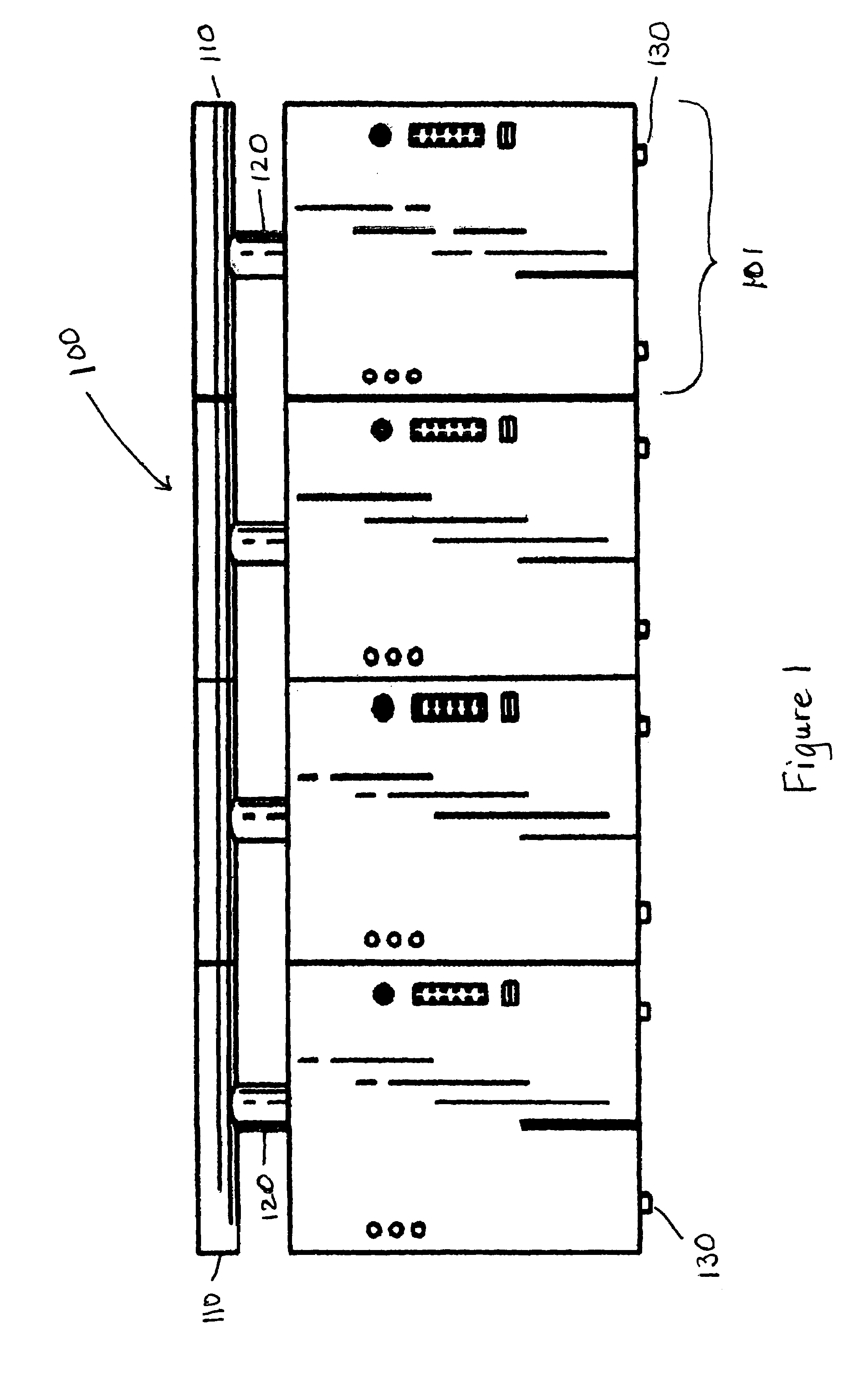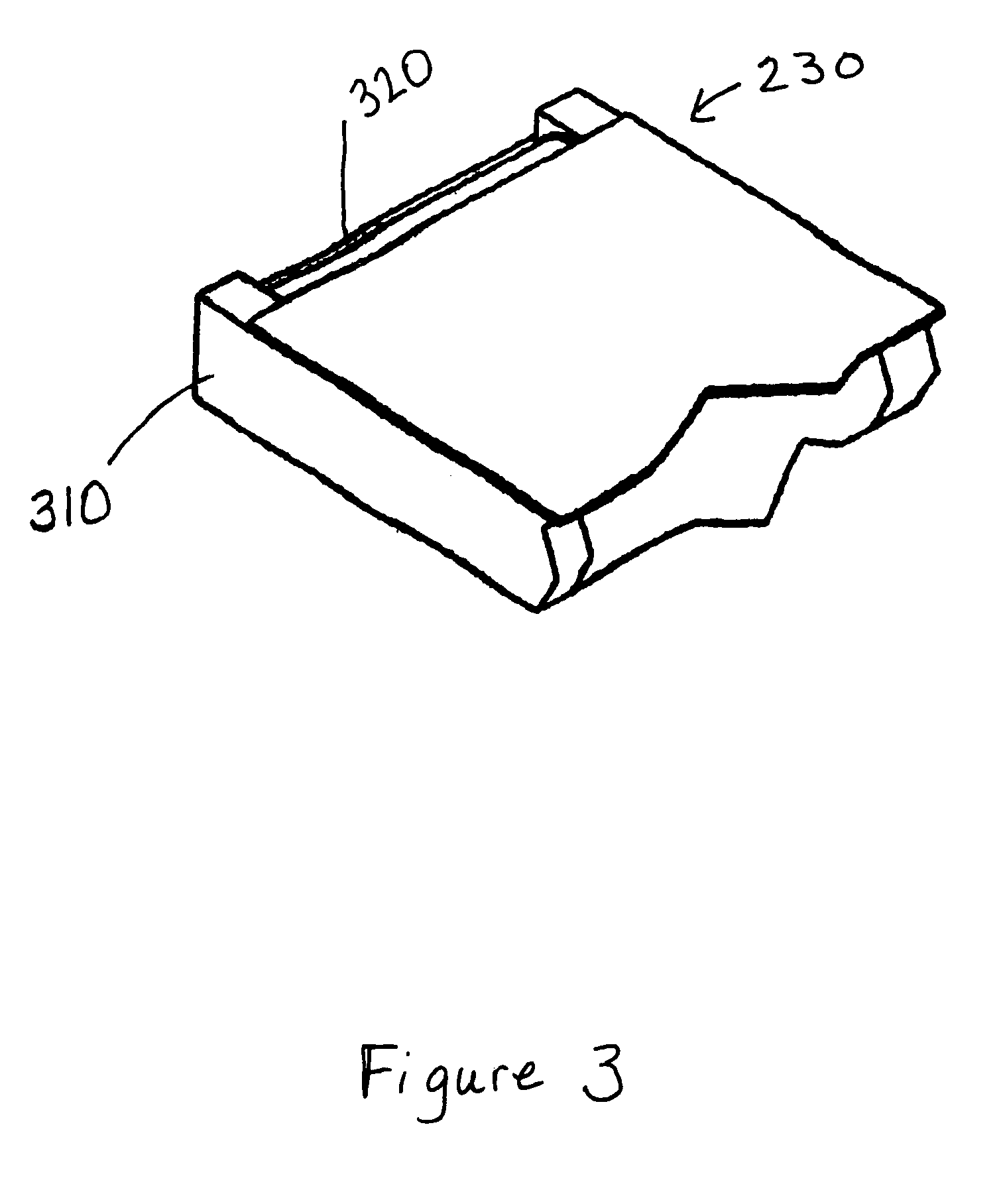Method for curing high internal phase emulsions
a high internal phase, emulsion technology, applied in drying machines, lighting and heating apparatus, drying machines with progressive movements, etc., to achieve the effect of preventing evaporation or disruption of emulsion, reducing monomer loss, and minimizing steam loss
- Summary
- Abstract
- Description
- Claims
- Application Information
AI Technical Summary
Benefits of technology
Problems solved by technology
Method used
Image
Examples
example 1
[0061]An oil phase is prepared comprising 50.91% EHA, 31.82% EGDMA, 5.45% EHMA, 2.73% HDDA, 7.27% polyglycerol succinate, and 1.82% DTDMAMS. An aqueous phase is prepared comprising 3.85% CaCl2, pH adjusted to 6.3. The aqueous phase is heated to 72° C. and pumped at a volumetric flow rate of 5.037 l / min through a tube, a 4.76 mm diameter hole drilled through a 19.05 mm set screw in the top mounting plate of a dynamic mixer. The dynamic mixer comprises a 7.82 cm diameter shell with a 28.58 mm shaft mounted with 3 rows of 58 3.18 mm pins positioned 120° with respect to each other around the circumference with a center to center distance between each pin along the shaft of 3.23 mm, with another set of 3 rows of 58 3.18 mm pins offset from first set by 60° and offset on the shaft such that they are halfway between the other set of rows. Thus, the rows, if they were free to bypass one another would have a clearance of about 0.025 mm The length of the shaft pins is such that the shaft pin ...
example 2
[0063]The same emulsion, die and oven were used as in example 1, but the top level of the oven was fitted with a close fitting cover. The cover is higher in the middle than on the sides in order to allow any steam condensate to run to the edge rather than drop on the curing web. The cover is about 5 cm above the belt in the middle and about 4 cm at the edge. Material balance samples lost 10 to 12% of the incoming monomer weight, or about 13 to 15 grams / square meter of product produced.
example 3
[0064]The same emulsion, die, and oven with close fitting covers on the top level conveyor as used in example 2 was modified to eliminate the internal ventilation ports. The material balance samples lost between 4 and 6% of the incoming monomer weight, or about 5 to 8 grams / square meter of product produced.
PUM
| Property | Measurement | Unit |
|---|---|---|
| temperatures | aaaaa | aaaaa |
| temperature | aaaaa | aaaaa |
| volumetric flow rate | aaaaa | aaaaa |
Abstract
Description
Claims
Application Information
 Login to View More
Login to View More - R&D
- Intellectual Property
- Life Sciences
- Materials
- Tech Scout
- Unparalleled Data Quality
- Higher Quality Content
- 60% Fewer Hallucinations
Browse by: Latest US Patents, China's latest patents, Technical Efficacy Thesaurus, Application Domain, Technology Topic, Popular Technical Reports.
© 2025 PatSnap. All rights reserved.Legal|Privacy policy|Modern Slavery Act Transparency Statement|Sitemap|About US| Contact US: help@patsnap.com



